Either because it introduced the portability of equipment as an alternative to towing them, or because of its commercial success, which over time forced all the manufacturers then in vogue to define similar solutions.
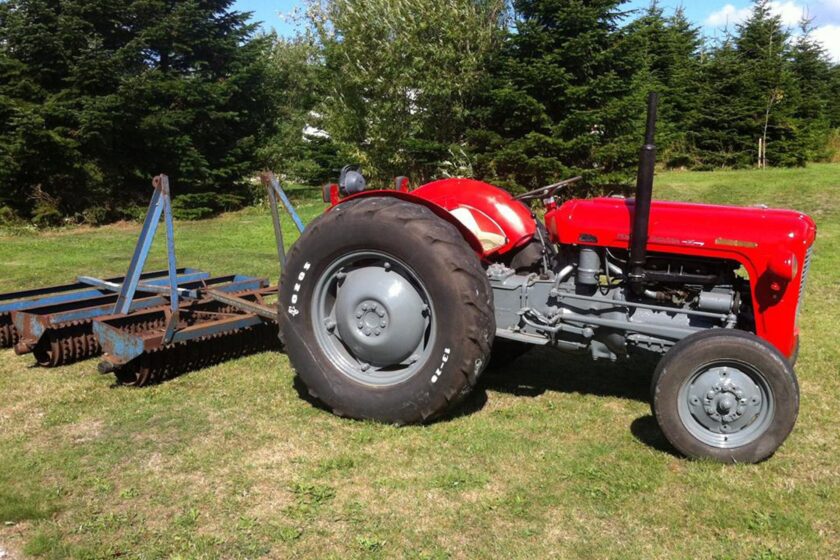
Historic agreement between Henry and Herry
Among these was also Henry Ford who in October 1938, on the occasion of a field demonstration of the Ferguson system which took place at Fairlane Estate, in Michigan, decided to stipulate a collaboration agreement with Harry Ferguson according to which Ford would build the tractors with three-point attacks and Ferguson would complete them with his tools while also ensuring their marketing . The first Ford tractor built on the basis of this agreement was the “9N” in 1939, and other similar machines saw the light of day until 1945.
Harry and Henry, however, were two gentlemen and when they agreed they sanctioned the matter only with a handshake, without anything in writing. It so happened that in 1945, when Henry Ford's grandson succeeded his grandfather, keeping his name and surname, the agreement fell through. Henry Ford II believed he could take advantage of the Ferguson patents with impunity and in July 1947 launched the “8N”. At the same time he also launched a series of equipment branded Dearborn, another sector of activity that the 1938 agreement between his grandfather and Harry Ferguson reserved for the latter.
The Ferguson “Fe 35” project
A dispute then began which caused a sensation and which in 1947 pushed Ferguson to market his own version of "8N" called "Te 20 ". The car was produced in Europe at the English plant in Coventry, where the engine was also produced, while in the United States it was built in Detroit and powered by a Continental engine . After six years of trials, Henry Ford II was sentenced to pay Harry Ferguson ten million dollars in damages, including interest, and this allowed Ferguson to found his own company.
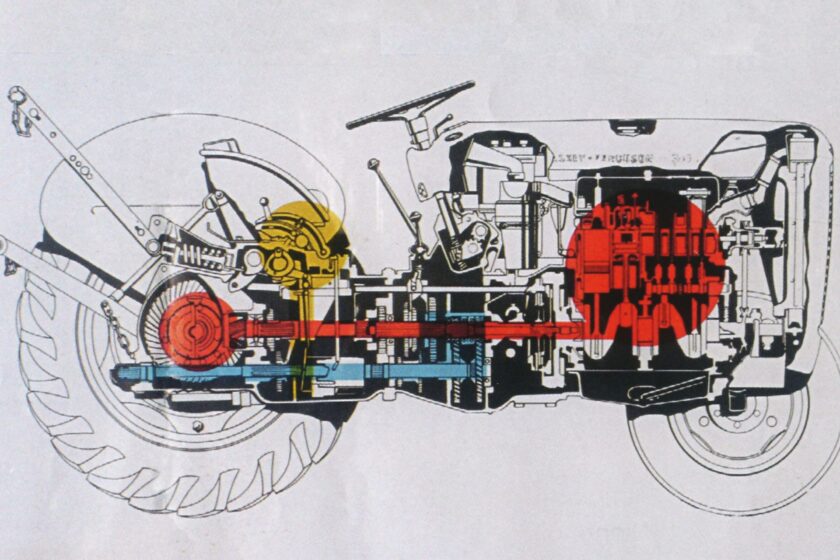
This allowed "Te20" to increase its market shares, although in the 1950s it had to face competition from many small European tractors that offered more or less the same technical content. Thus it was that in September 1956 the "Te 20" was replaced by the Ferguson "Fe 35", also built in Coventry, England.
Similar but not the same: the Ferguson “Fe 35”
Externally it closely resembled its progenitor, both in appearance and dimensions, but the grille was better finished and the bodywork was improved . It adopted the same wheels, the same fenders, the same front axle and the same battery while the bonnet, engine, hydraulics, seat, gearbox and brake pedals were new. The color was also different. The original gray was in fact maintained on the bodywork and rims , while the mechanical parts were painted with a golden bronze color.
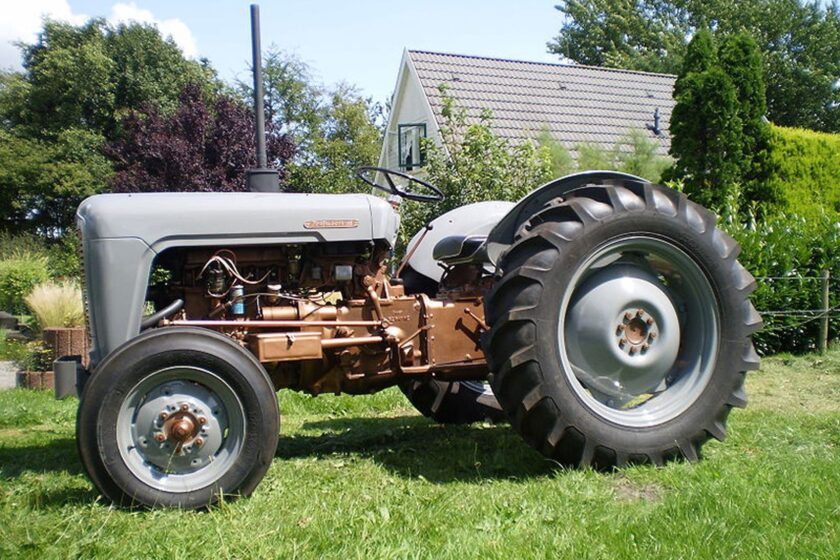
A successful upgrade
In fact nothing revolutionary, but many improvements compared to "Te 220", starting from the independent rear brakes with twin pedals to the possibility of controlling the lift in effort and position using a comfortable double lever , passing through the power take-off regime independent of the tractor forward speed. All this was driven by a Standard Motor Company four-cylinder diesel type "23C" with two liters and 259 cubic centimeters delivering a power of 33 horsepower at 1,800 rpm, a performance then increased to 34 horsepower at 2,000 rpm .
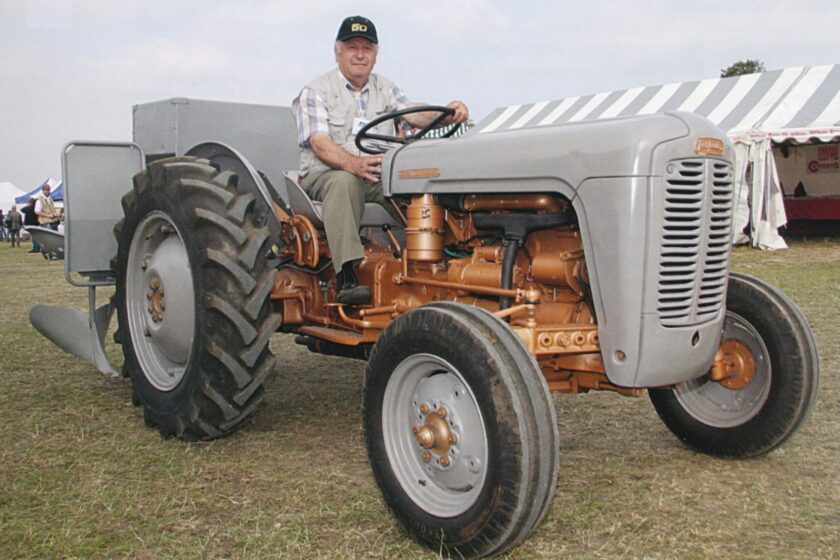
It was a good engine, but it often struggled to start in the cold and this pushed Massey Ferguson, which in the meantime had purchased Ferguson, to replace it in 1959 with a Perkins , another company in the meantime purchased from Massey Ferguson, which allowed the "Fe 35" to continue his brilliant career until 1964. However, in that year he did not completely leave the scene. In fact, it is still produced and distributed in some African countries today.
Too many roosters in the henhouse
In 1953 Harry Ferguson made the deal of a lifetime by selling his young company and its patents to Massey-Harris for a fortune , $16 billion. Thus was born the Massey-Harris-Ferguson group which dropped the Harris name to become Massey-Ferguson at the end of 1957 ; company with more than 21 thousand employees.
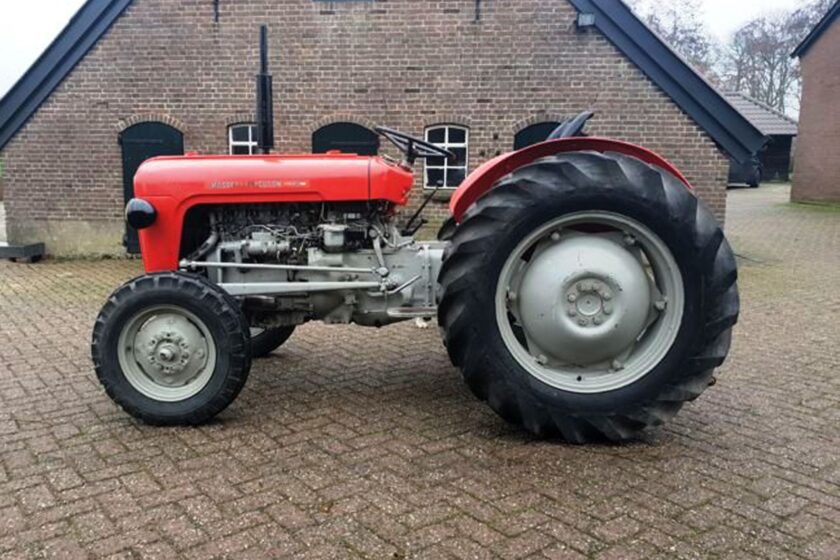
The new name led to a unification of the products which, however, was not easy to implement and created quite a few problems for the sales and assistance networks. For this reason Massey Ferguson decided to intervene on the products starting with the unification of the color codes. The liveries became all red in terms of bodywork and the mechanics became metallic grey, but this did not prevent similar tractors with different brands or names from continuing to coexist for some time, as happened with the "Fe35", also available as the "Mf35" and in Europe also as the “835” model.
Historic mergers
Daniel Massey -1799-1856 – and Alanson Harris – 1816-1894 were Canadian entrepreneurs operating in the agricultural equipment sector. The first began in 1847 and the second, specializing in reapers and beaters, in 1857. The ruthless commercial war between the two companies, however, pushed the heirs to confront each other and merge the companies in May 1891, giving life to the Canadian Massey-Group group. Harris. In the autumn of 1953 he then acquired Harry Ferguson's company, creating the new Massey-Harris-Ferguson group, part of whose shares, worth 16 billion dollars, remained the property of Harry Ferguson.
















